
Trestraou beach
Perros-Guirec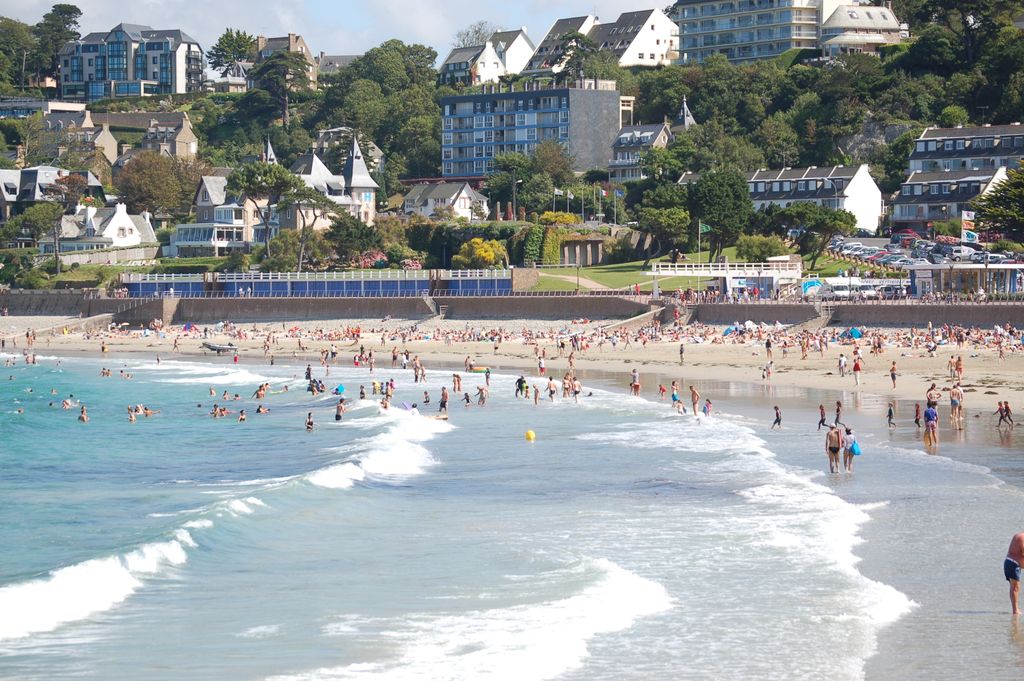

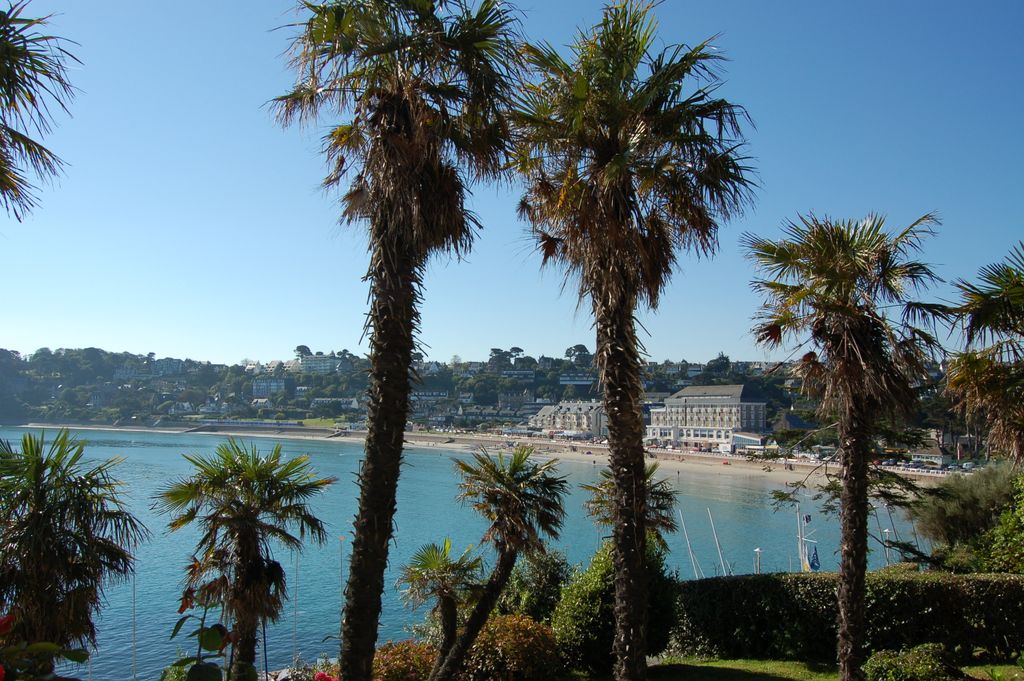
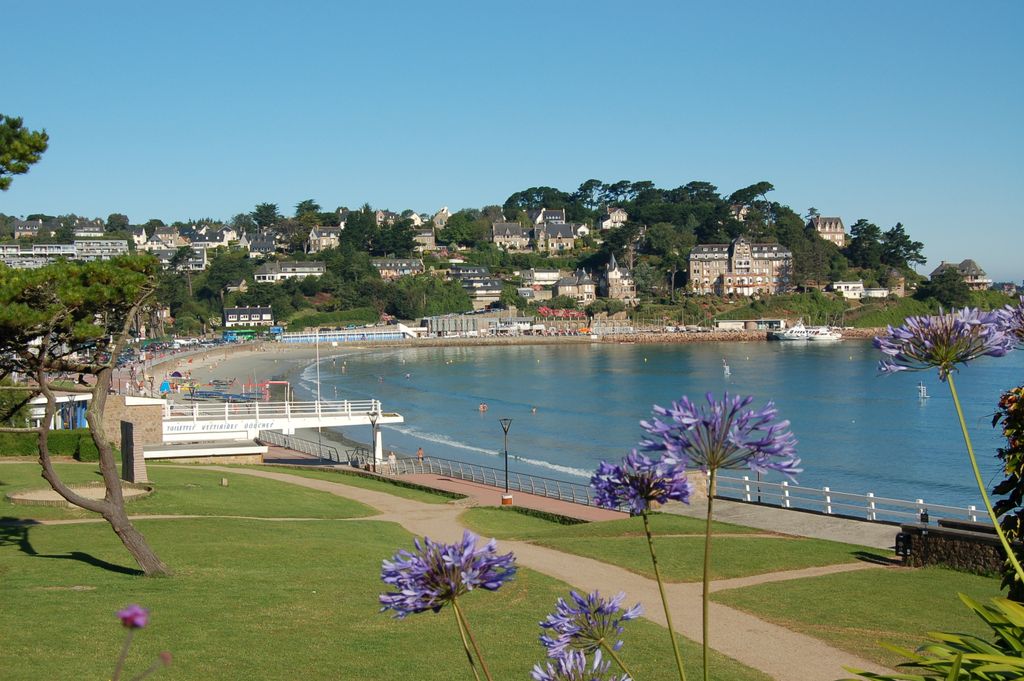
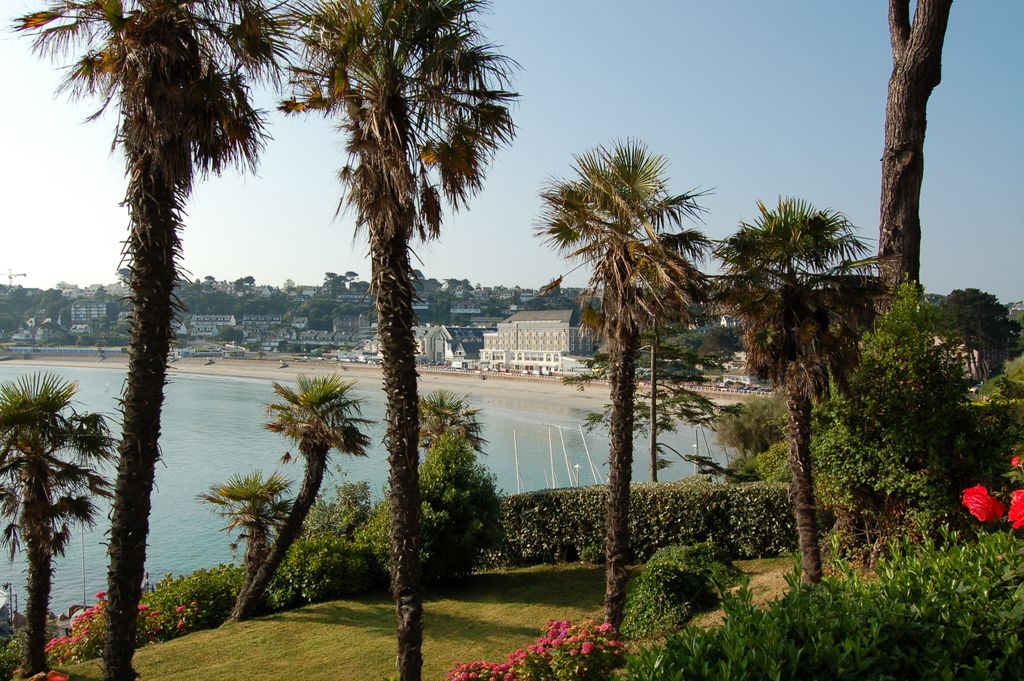
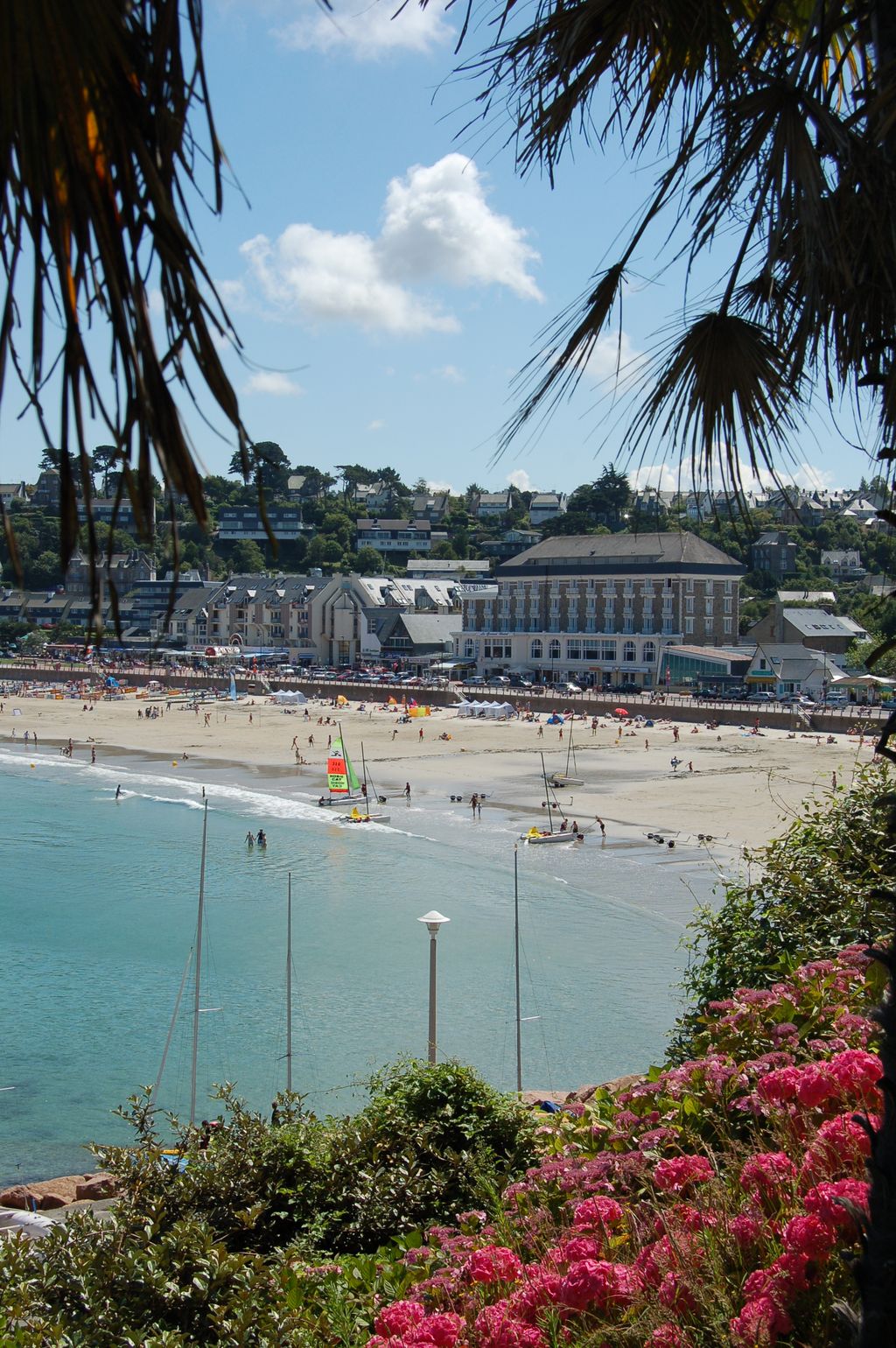

About
The bay of Trestraou was at the root of the development of tourism in Perros-Guirec. In the nineteenth century, swimming in the sea was recognised for its curative qualities and became fashionable. The extension of the rail network to Lannion in 1881 and the construction of the first hotel by Joseph le Bihan in 1886 saw the seaside resort flourish. The beach was modernised and facilities provided for tourists. From 1884 onward, bathing huts were constructed and some superb villas were built between 1893 and 1905. Prestigious hotels opened up. In 1970, the construction of the conference centre, discreet and incorporated sympathetically with the sea front, gave the beach a new boost. Superb villas can be seen built on the low cliffs of the Beg Ar Storloch headland. From the beach, you can also make out the Sept Îles archipelago which today is the site of a nature and bird reserve. Inhabited by man since the Neolithic period, the archipelago has seen many residents down the years, including monks, corsairs and smugglers, and soldiers. Since 1912, with the creation of the nature reserve by the "Ligue pour la Protection des Oiseaux" (national organisation for the protection of birds), birds have been the chief occupants of the five islands and the hundreds of islets which make up the archipelago. Northern gannets, cormorants, herring gulls, grey seals and razorbills are some of the many species which find refuge here. Landing on the islands, with the exception of Île aux Moines, is strictly prohibited in order to protect this exceptional biodiversity. However, you can see the islands' birds by taking a boat trip from the jetty at Trestraou beach.
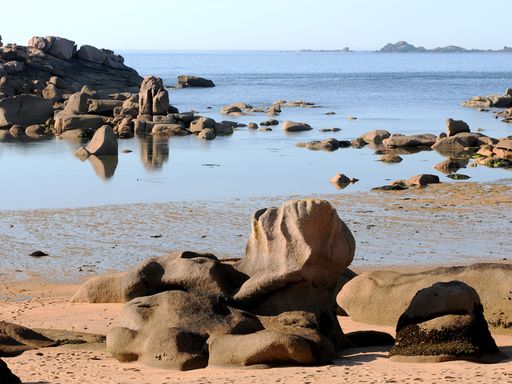

Île Renote
Trégastel
Formerly an island, Île Renote was joined to the mainland in 1895 by construction of a road, forming a peninsula. It has an exceptional geological and human history. Inhabited for 5,000 years, it...  See
See
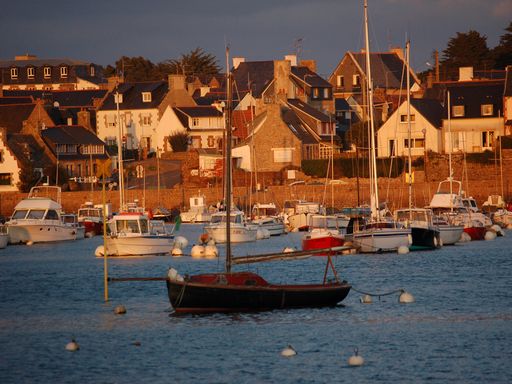

Ploumanac'h Harbour
Perros-Guirec
Naturally formed by the confluence of two streams 4,500 years ago, Ploumanac'h harbour is an exceptional location. Used from ancient times as a trading port, it was then home to a village of...  See
See


The Village
Trégastel
This church was built in several stages. The original building, dating back to between the twelfth and thirteenth centuries, was modified several times over the centuries. In the seventeenth century,...  See
See
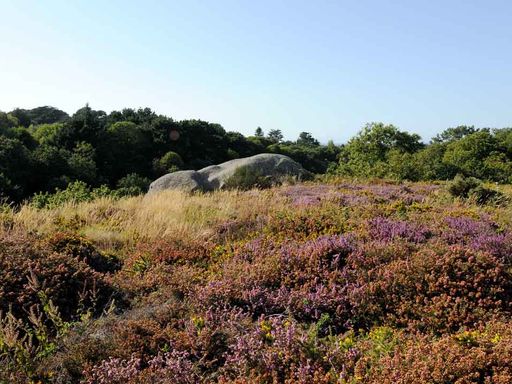

Granite quarries
Perros-Guirec
The pink stones of La Clarté have been used since the start of the twentieth century and are characterised by their excellent quality. On your visit to this quarry, find out about the means used to...  See
See




